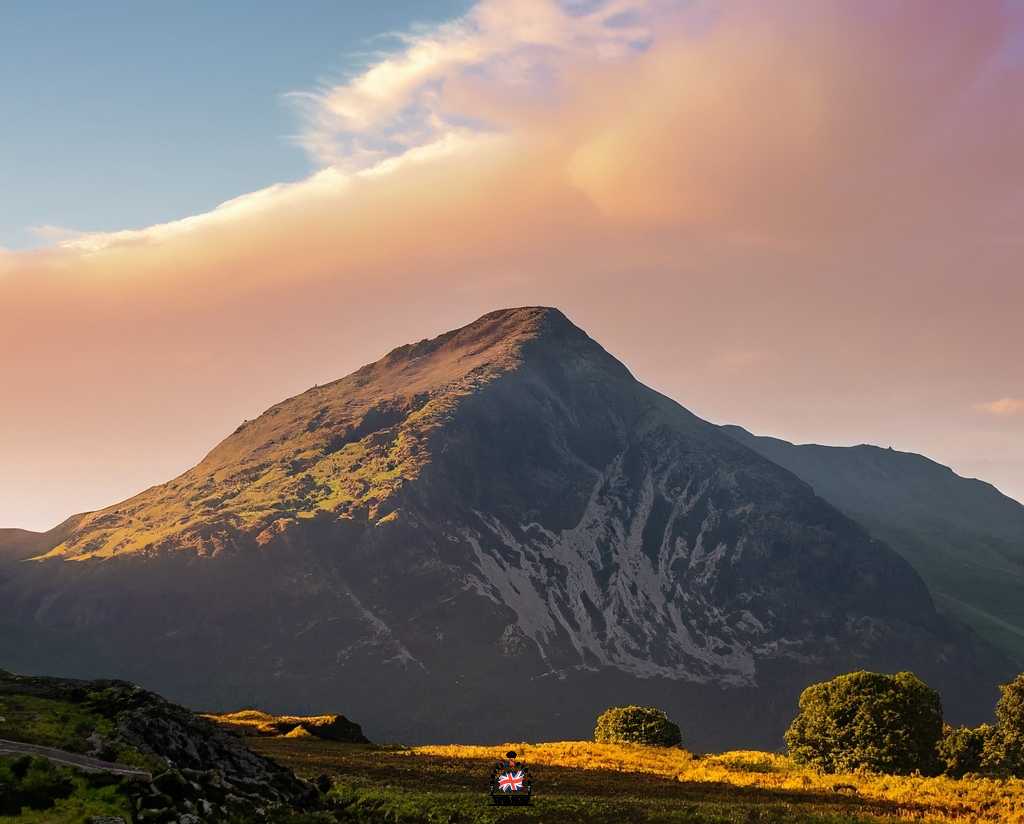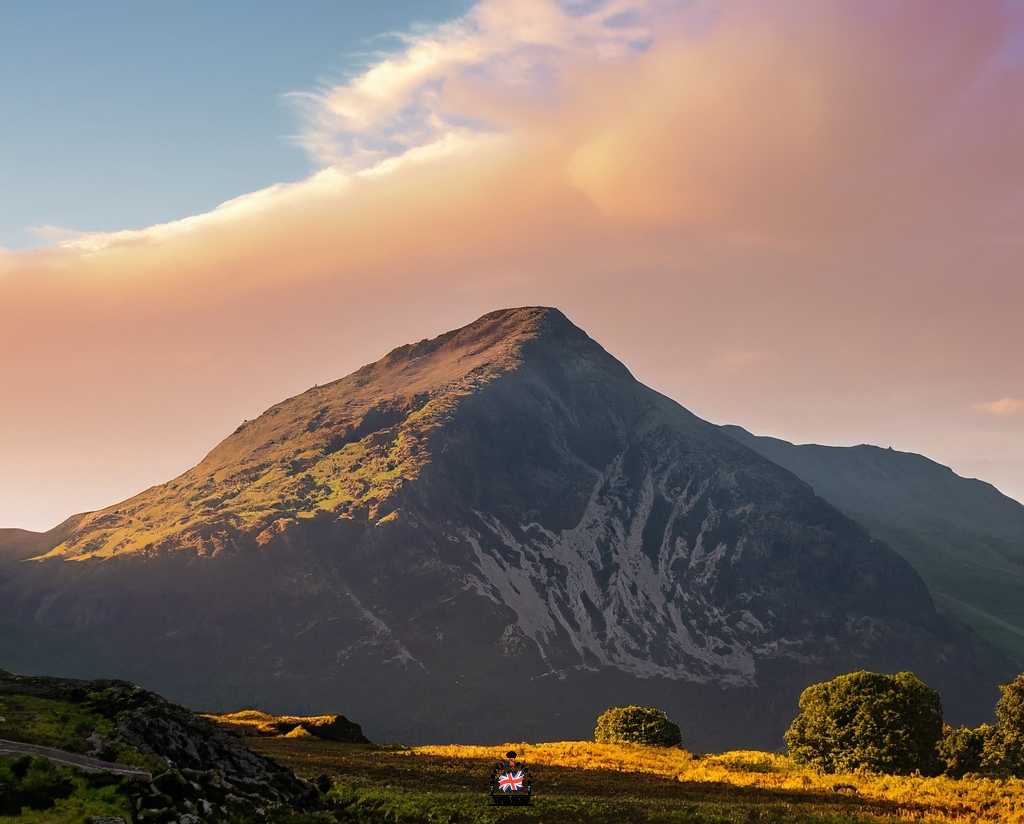The Ultimate Explorer’s Guide To The UK’s Highest Peak 2023
Uncover the wonders of the United Kingdom’s highest peak, Ben Nevis, in this comprehensive guide. Explore its geology, flora, fauna, cultural significance, and tips for hiking and mountaineering.
Embark on your own adventure and conquer the UK’s majestic mountain.

Introduction
Have you ever wondered what it would be like to stand on the pinnacle of the United Kingdom, gazing out over the vast landscape? Enter Ben Nevis, the highest peak in the UK, a majestic mountain that captures the hearts and minds of adventurers and nature enthusiasts alike. In this article, we will embark on a captivating journey through the geographical, historical, and cultural aspects of Ben Nevis, and explore the thrilling world of hiking and mountaineering on this iconic summit. By the end of this ultimate guide, you will feel not only informed but inspired to embark on your own adventure to conquer the UK’s highest peak.
Background and Context
A Brief History of Ben Nevis
Located in the Scottish Highlands, Ben Nevis stands tall at an elevation of 1,345 meters (4,413 feet). Its name is derived from the Gaelic language, meaning “mountain with its head in the clouds.” Formed around 350 million years ago, this ancient peak is composed primarily of granite, with remnants of volcanic activity still visible in the landscape today.
Key Concepts: Elevation, Prominence, and Geology
Before venturing further, it’s essential to understand some key terms related to our exploration of Ben Nevis:
- Elevation: The height of a geographic location above a fixed reference point, usually sea level.
- Prominence: The vertical distance between a peak and the lowest contour line that encircles it and no higher peak.
- Geology: The study of the Earth’s physical structure, history, and the processes that shape it.

Recent Developments
In recent years, Ben Nevis has gained even more attention due to the efforts of conservation organizations, as well as the growing popularity of hiking and mountaineering among outdoor enthusiasts. This increased interest has led to a surge in visitors, making it more important than ever to preserve the mountain’s natural beauty and delicate ecosystems.
Main Sections
Geographical Overview of Ben Nevis
Location and Elevation
Situated near the town of Fort William in the Scottish Highlands, Ben Nevis is part of the Grampian Mountain Range. The mountain’s summit, which is often shrouded in mist or snow, reaches an impressive elevation of 1,345 meters (4,413 feet), making it the highest point in the UK.







